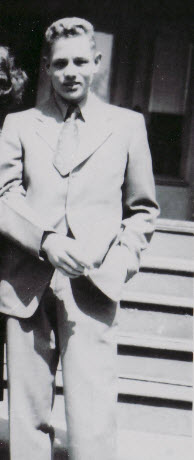The Pedagogy of Marketing.
One of the hardest jobs in the world, I suspect, is teaching special needs children. Spec Ed, insiders call it. I am no expert but I do know there are certain stimuli that get through to special needs kids. They like to touch. They like the color purple. Certain sounds and instruments are soothing. Special needs children learn better when distractions are minimized and their individual leaning sweet spot found. This individualized learning modus extends to non-special needs children. Children learn at different paces because they are like snowflakes.
In marketing, there are some similarities. Predisposing a consumer to your product and pitch does not benefit from a cookie cutter approach. Brand planners who understand buying behavior, context and psychology have a leg up when avoiding the cookie cutter approach. This deeper understanding can give form to the organizing principle that is the brand plan (here defined as 1 Claim, 3 Support Planks). This organizing principle offers flexibility to teach consumers in different learning places, yet enough control for brand managers to stay focused.
Consumers are so overwhelmed by marketing, unsupported claims, imagery, song and marko-babble, they can’t concentrate. We need to create a distraction-less, replicable selling schemes that are indelible. With a tight brand plan we can impact product, experience, benefit set, and most importantly muscle memory. Marketing is about creating behavior or changing behavior. The pedagogy of marketing. Peace.

